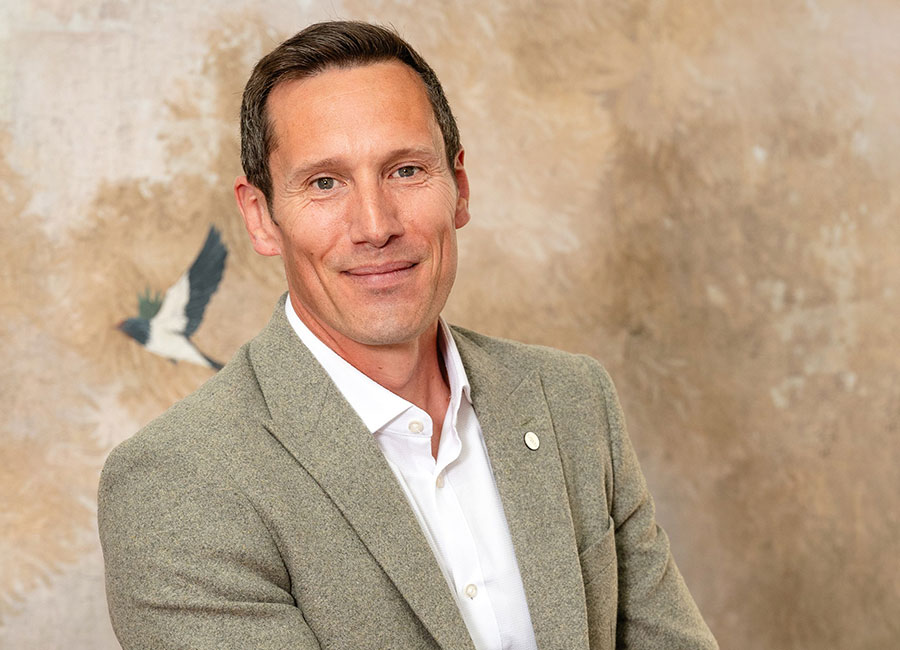SPONSORED CONTENT
Rachel Ryan, Marketing Manager at Interxion Ireland, outlines the three biggest challenges digital transformation presents to the IT sector and how to address them.
Recent research carried out by MuleSoft in the US found that 85% of IT leaders reported that their organisation will undergo digital transformation activities in 2019. For the majority, the main goal of this transformation is to increase IT operating efficiency particularly as IT teams face greater demands across the organisation.
Based on the MuleSoft research and Interxion’s engagement with IT leaders across Europe, there are three pressure points which if not addressed could risk and damage an organisations digital transformation in the long term.
1 Knowledge gap. The number of people working in the IT sector across Europe continues to increase rapidly. In Ireland the IT sector saw almost a 56% increase in the numbers working in the sector over a five-year period according to the most recent census report. However, 29% of respondents to the MuleSoft research reported a lack of skills and experience within their own teams as a challenge.
If the current workforce doesn’t have the experience and skills needed to meet this challenge, there are two options: external resourcing and retraining.
Half the respondents in the MuleSoft research stated that they plan to hire more talent. However, this alone won’t solve the issue. It’s true in all industries, but even more so in the IT sector, that staying up to date on the latest technology and innovation is not only paramount to an individual’s success but to the organisation’s success too.
For its part, the IT sector must continue to facilitate learning, development and crucially innovation in IT teams to meet this growing knowledge gap.
2 Increased pressure. It’s anticipated that demand for IT projects will increase by 32%, according to MuleSoft, due to a number of factors, not least increasing customer demands for better and better service. As instantaneous responses, next-day delivery and personal service become the norm, the demands on the technology supporting customer service systems continue to increase.
Integration and shared learning across teams within organisations can play a huge role in meeting these evolving needs and allow the best use of software solutions and platforms.
3 Finance. Despite the increasing demands placed on IT teams, respondents to MuleSoft research stated that their IT budgets increased by less than 10% in 2018. Considering the task ahead of IT teams with digital transformation taking place at every level across organisations, it’s clear that investment levels need to be higher to sustain the desired transformation levels.
Within the MuleSoft research we see greater alignment between IT and business leaders; 72% of IT leaders report they are aligned with the business versus 57% in 2018. This alignment will play a significant role in demonstrating the rising need for budget within the IT team if real innovation is to take place.
As the research within the IT sector shows, digital transformation is going to dominate the industry for some time to come. If organisations want to truly take advantage of this opportunity, they will see and understand the need to invest in the skills and talent in the team, enable learning and opportunity across the organisation, and financially support the budget required to deliver on digital transformation ambitions.











